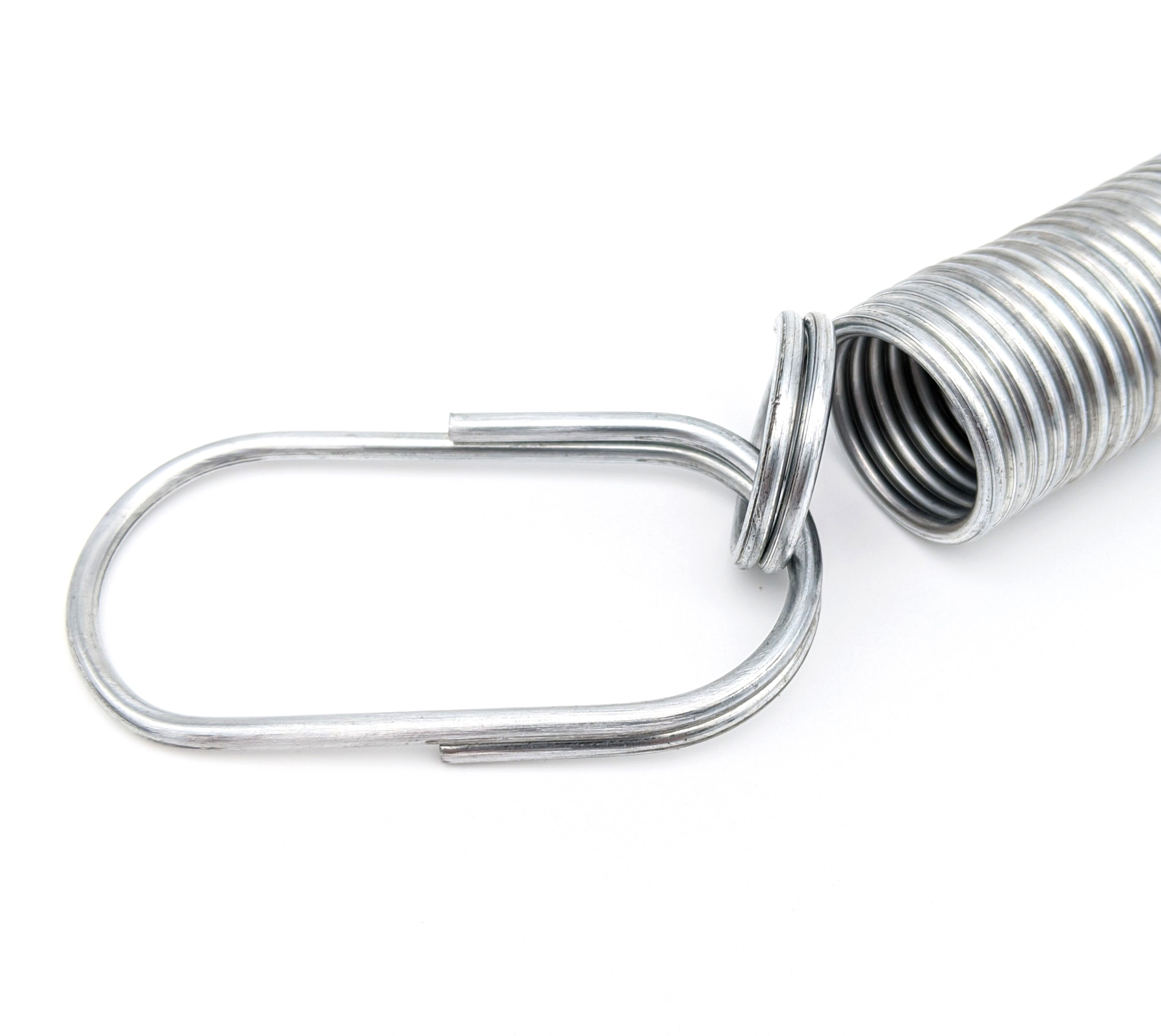Get unique, complex parts easily. No matter your requirements, Chaoyi Spring creates hard-to-produce coil springs and wire forms.
Let us help you create the custom wire form you need, from S-hooks and J-hooks to utility hooks and more.
We work closely with customers across a wide range of industries, helping them design and manufacture made-to-order parts.
Why choose Chaoyi Spring? We prioritize customer-focused collaboration, modern equipment and the latest technology to make your parts per print.
Find the information and guidance you need, from measuring a spring to learning about materials, placing an order and much more.
Tension springs, also known as extension springs, are essential components in various mechanical systems, from simple door hinges to complex industrial machinery. They are designed to exert a force when


Tension springs, also known as extension springs, are essential components in various mechanical systems, from simple door hinges to complex industrial machinery. They are designed to exert a force when stretched, providing a counter-force against an applied load. Understanding the characteristics of tension springs is crucial for selecting the right spring for a specific application. A tension spring chart is a valuable tool that helps engineers and designers visualize and analyze spring properties, ensuring optimal performance and reliability. This article delves into the world of tension springs, exploring their key features, applications, and the role of tension spring charts in selecting the perfect spring for your needs.

Tension springs, as the name suggests, are designed to resist stretching or extension. They are typically made from coiled wire with a hook or eyelet at each end for attachment. When a force is applied to stretch the spring, it stores energy and exerts a counter-force. This force is proportional to the spring's extension, governed by Hooke's Law.
A tension spring chart is a visual representation of a spring's characteristics. It typically includes various parameters that are critical for selecting the right spring for a specific application. These parameters may include:
Tension springs are widely used in numerous applications across various industries. Some common examples include:
Using a tension spring chart is relatively straightforward. The chart typically lists spring characteristics in a tabular format. To select the right spring, follow these steps:
Selecting the right tension spring is crucial for ensuring the proper functioning and longevity of any mechanical system. An incorrectly sized or designed spring can lead to various issues, including:
Tension spring charts are invaluable tools for engineers and designers who work with tension springs. They provide a clear and concise representation of spring characteristics, enabling efficient selection and analysis. By understanding the key features of tension springs and using a comprehensive chart, you can choose the right spring for your application, ensuring optimal performance and reliability while avoiding potential issues. Remember, selecting the right spring is crucial for the success and safety of your mechanical systems. So, take advantage of tension spring charts and make informed decisions for your projects.
Tension spring charts are vital resources for anyone working with tension springs, offering a structured way to visualize and analyze spring properties. Understanding their features and applications ensures the selection of the perfect spring, leading to optimal performance and longevity. With the information and guidance provided, you can confidently navigate the world of tension springs and make informed decisions for your projects. Remember, a well-chosen tension spring is the key to reliable and efficient mechanical systems.
Browse some of the custom wire forms and springs that we manufacture. Don’t see what you need? We specialize in made-to-order products that meet your application requirements.
Visit Our GalleryNeed a custom wire form or coil spring? We make it work. Fill out the contact form and a representative will respond within 1 business day. If you have a PDF or CAD file, you can submit to request a quote.